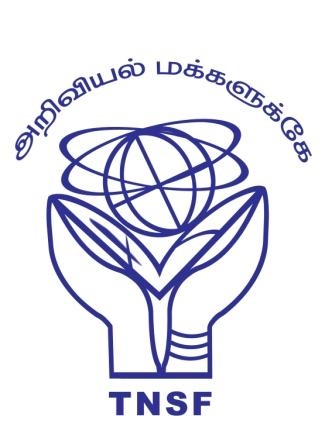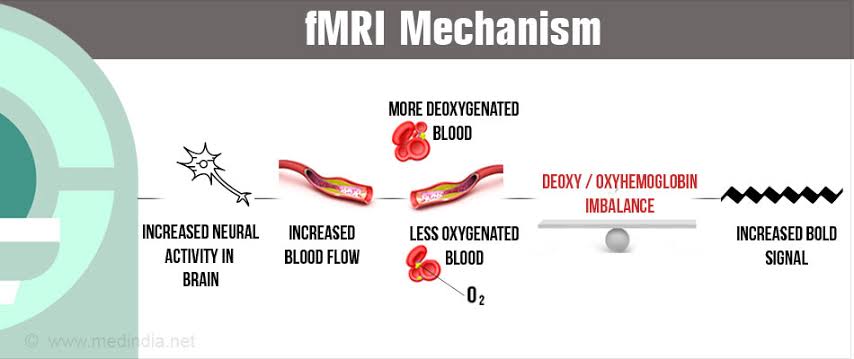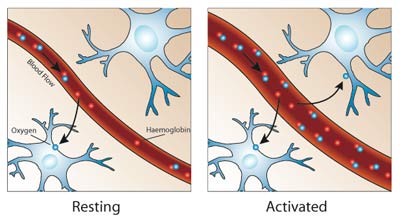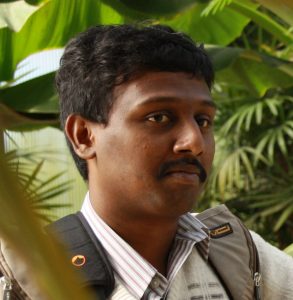About Program

This is part of its efforts to popularize science to the General Public and Students who are pursuing science as their career. TNSF attempt to focus on students on higher science as everyone knows
that learning of science at college within the curriculum is not enough to acquire holistic knowledge of science at the appropriate time. Hence, to fill the gap between what students are acquiring through the curriculum and what
it is required, TNSF is planning its activities on higher science to students who are pursuing higher education

Functional magnetic resonance imaging, or FMRI, works by detecting the changes in blood oxygenation and flow that occur in response to neural activity – when a brain area is more active it consumes more oxygen
and to meet this increased demand blood flow increases to the active area. FMRI can be used to produce activation maps showing which parts of the brain are involved in a particular mental process.

How does MRI work?
FMRI is a special type of magnetic scan. The cylindrical tube of an MRI scanner houses a very powerful electro-magnet. A typical research scanner (such as the FMRIB Centre scanner) has a field strength
of 3 teslas (T), about 50,000 times greater than the Earth’s field. The magnetic field inside the scanner affects the magnetic nuclei of atoms. Normally atomic nuclei are randomly oriented but under the influence of a magnetic
field the nuclei become aligned with the direction of the field. The stronger the field the greater the degree of alignment. When pointing in the same direction, the tiny magnetic signals from individual nuclei add up coherently
resulting in a signal that is large enough to measure. In FMRI it is the magnetic signal from hydrogen nuclei in water (H2O) that is detected. The key to MRI is that the signal from hydrogen nuclei varies in strength depending
on the surroundings. This provides a means of discriminating between grey matter, white matter and cerebral spinal fluid in structural images of the brain.

